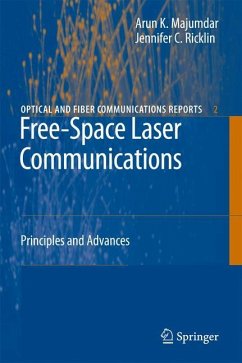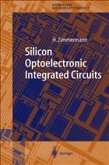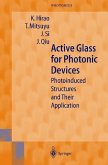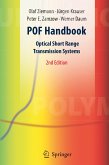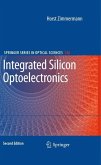This book provides a comprehensive, unified tutorial covering the most recent advances in the emerging technology of free-space laser communications (FSLC), where interest and attention continue to grow along with the number of technical challenges. This book is intended as an all-inclusive source to serve the needs of those who require information about the basics of FSLC, as well as up-to-date advanced knowledge of the state-of-the-art in the technologies available today. Topics covered include a combination of atmospheric effects for laser propagation and FSCL systems performance and design, and are intended as a valuable resource for engineers, scientists and students interested in better understanding laser communication systems designed for the atmospheric optical channel.
Free-space laser communications, also referred to as optical communica tions, is a popular subject in today's technological marketplace. A number of conferences on this subject have been organized by professional societies such as SPIE (the International Society of Photo Optical and Instrumenta tion Engineering), OSA (Optical Society of America), and IEEE (Instituteof Electrical and Electronics Engineers). The evolving technology of free-space laser communications is emerging as an appealing alternative to RF com munications for links between satellites, as well as a promising addition to terrestrial applications such as video or computer linkups between buildings. There is a pressing need for more information on laser communications that is comprehensive enough to provide in-depth knowledge of free-space com munications, and that can satisfy the current demands of the research and commercial needs. This book has been designed to provide a comprehensive, unified tutorial to further understanding of the fundamental techniques for laser communi cations through the earth's atmosphere. The driving force behind free-space laser communications is the continuous demand for higher bandwidth to deliver high-capacity voice, data, and images to the customer. Free-space propagation distances include ranges that encompass a few millimeters (for example between optical interconnects in a computer using photonics to replace metal interconnects), a fewmeters (such as indoor communications), a fewkilometers (between buildings, campuses, and hospitals), and even up to thousands of kilometers (such as from an aircraft or satellite to the ground).
Free-space laser communications, also referred to as optical communica tions, is a popular subject in today's technological marketplace. A number of conferences on this subject have been organized by professional societies such as SPIE (the International Society of Photo Optical and Instrumenta tion Engineering), OSA (Optical Society of America), and IEEE (Instituteof Electrical and Electronics Engineers). The evolving technology of free-space laser communications is emerging as an appealing alternative to RF com munications for links between satellites, as well as a promising addition to terrestrial applications such as video or computer linkups between buildings. There is a pressing need for more information on laser communications that is comprehensive enough to provide in-depth knowledge of free-space com munications, and that can satisfy the current demands of the research and commercial needs. This book has been designed to provide a comprehensive, unified tutorial to further understanding of the fundamental techniques for laser communi cations through the earth's atmosphere. The driving force behind free-space laser communications is the continuous demand for higher bandwidth to deliver high-capacity voice, data, and images to the customer. Free-space propagation distances include ranges that encompass a few millimeters (for example between optical interconnects in a computer using photonics to replace metal interconnects), a fewmeters (such as indoor communications), a fewkilometers (between buildings, campuses, and hospitals), and even up to thousands of kilometers (such as from an aircraft or satellite to the ground).

